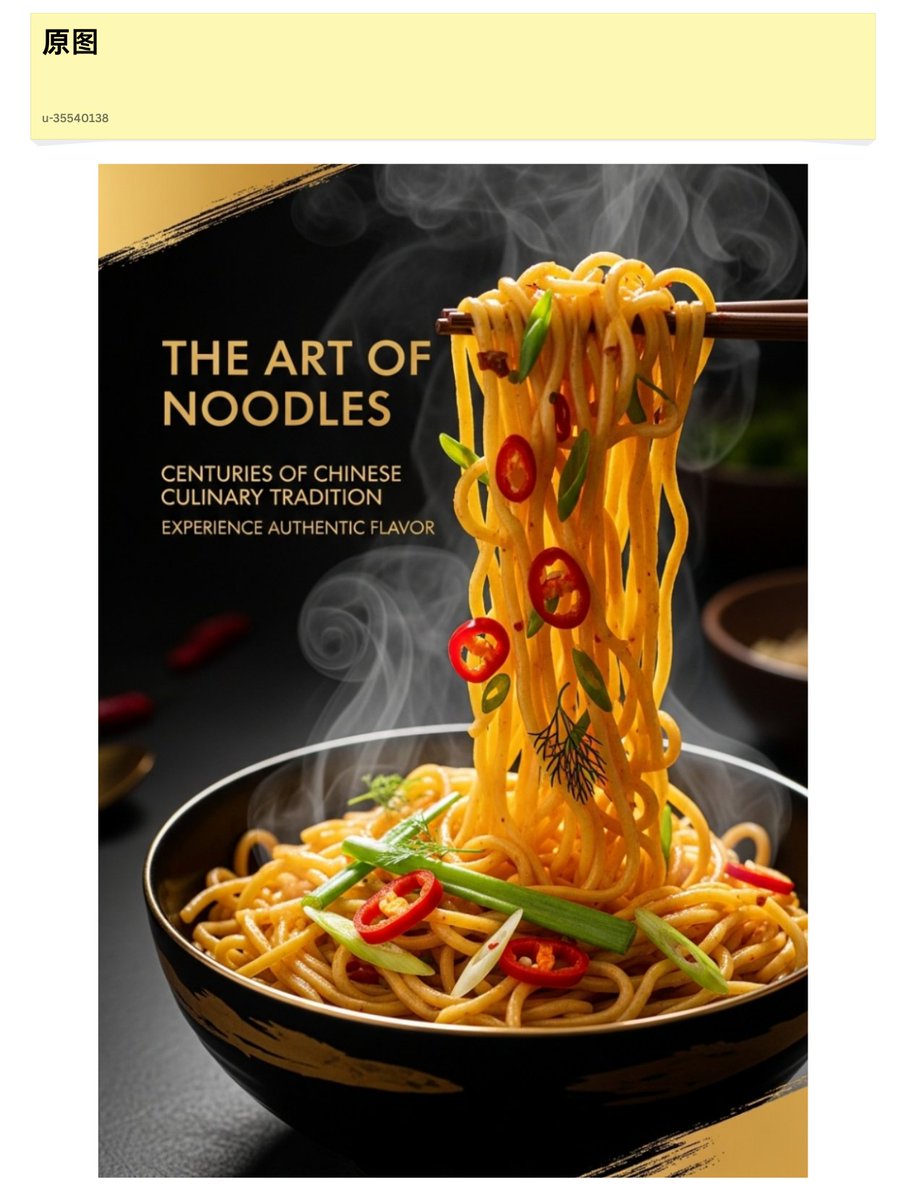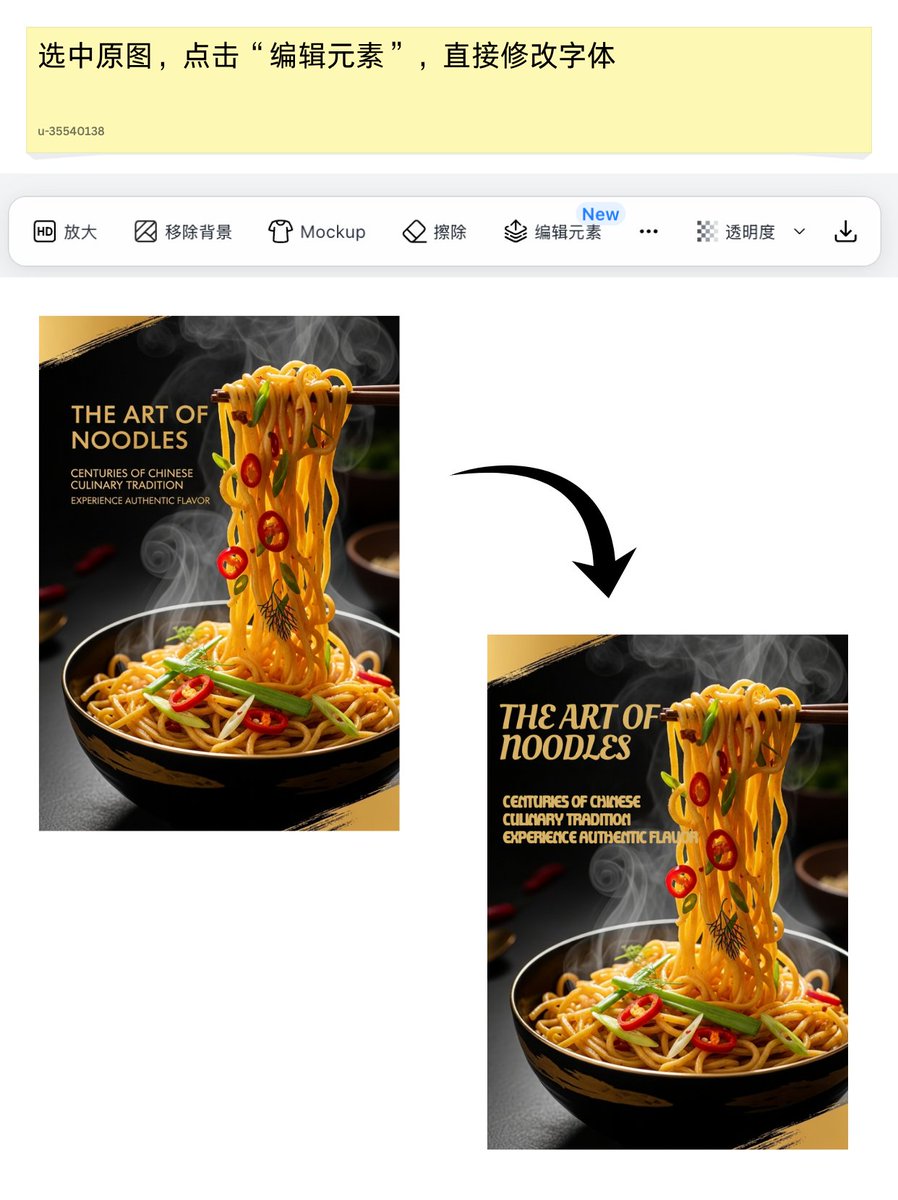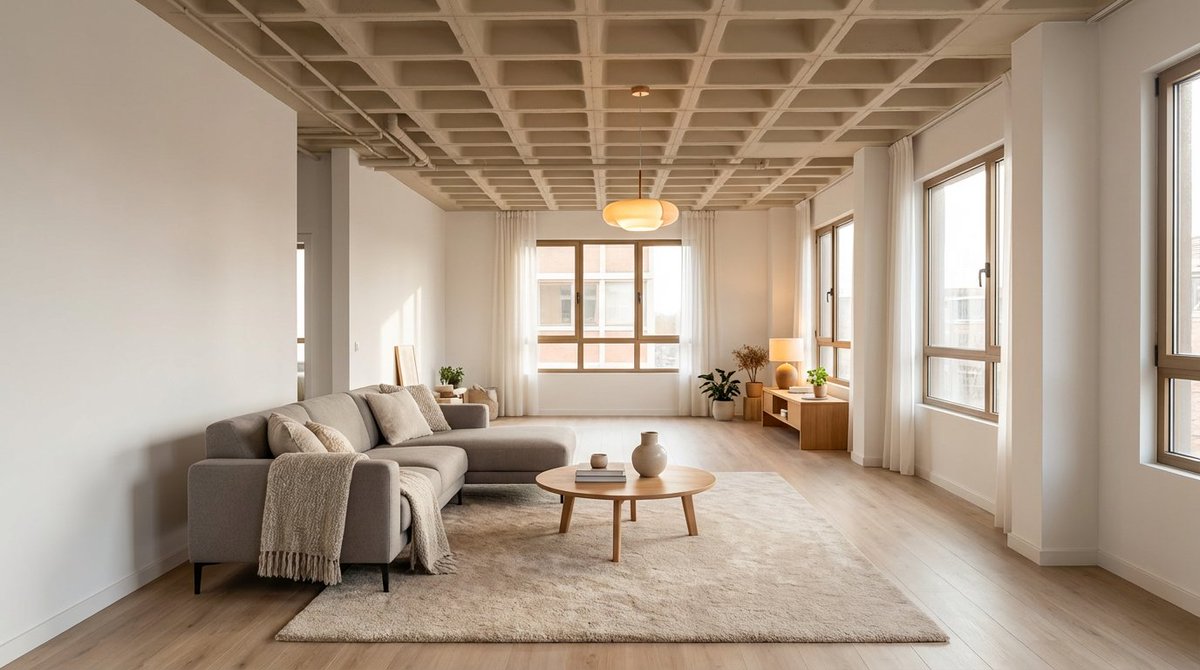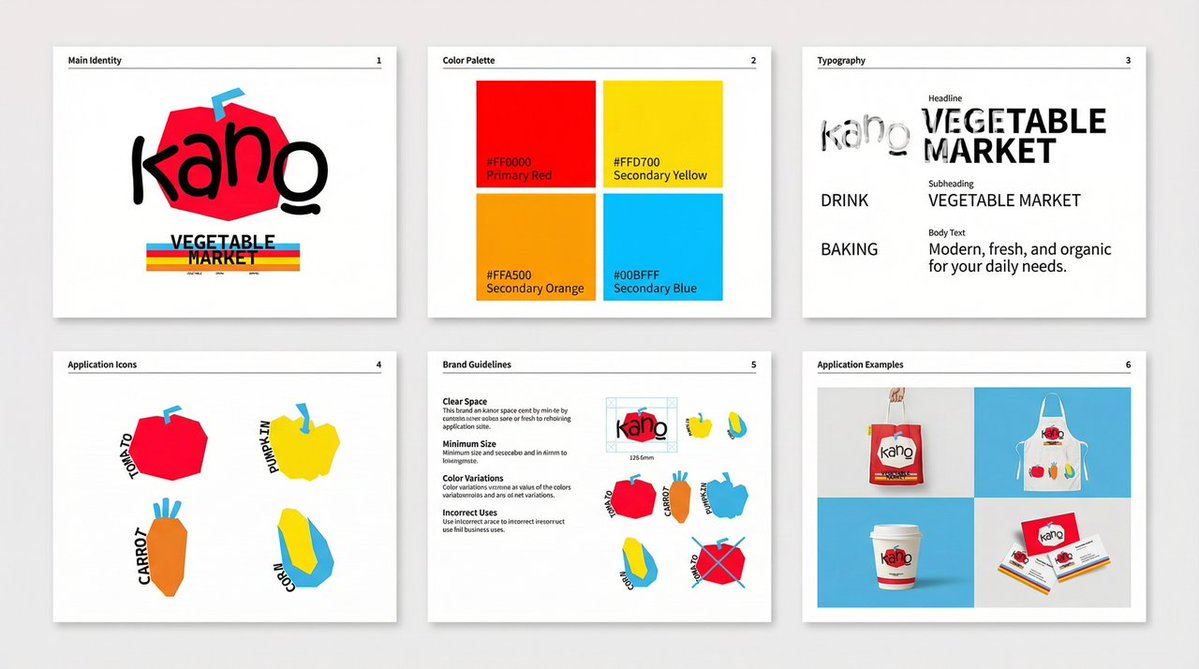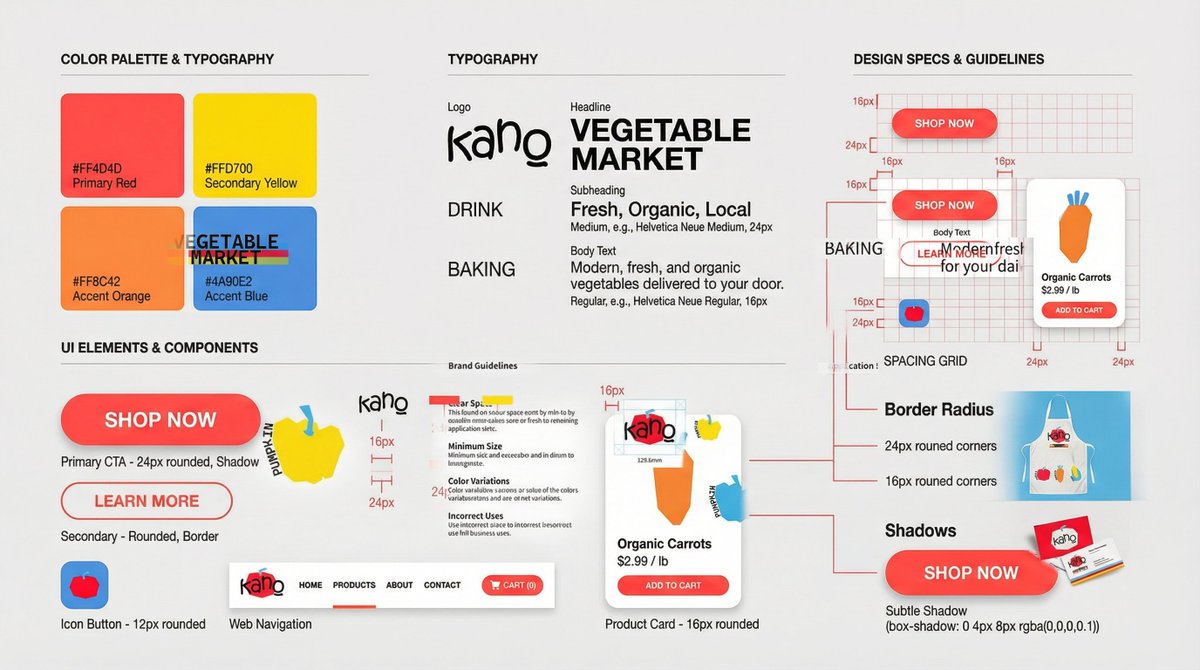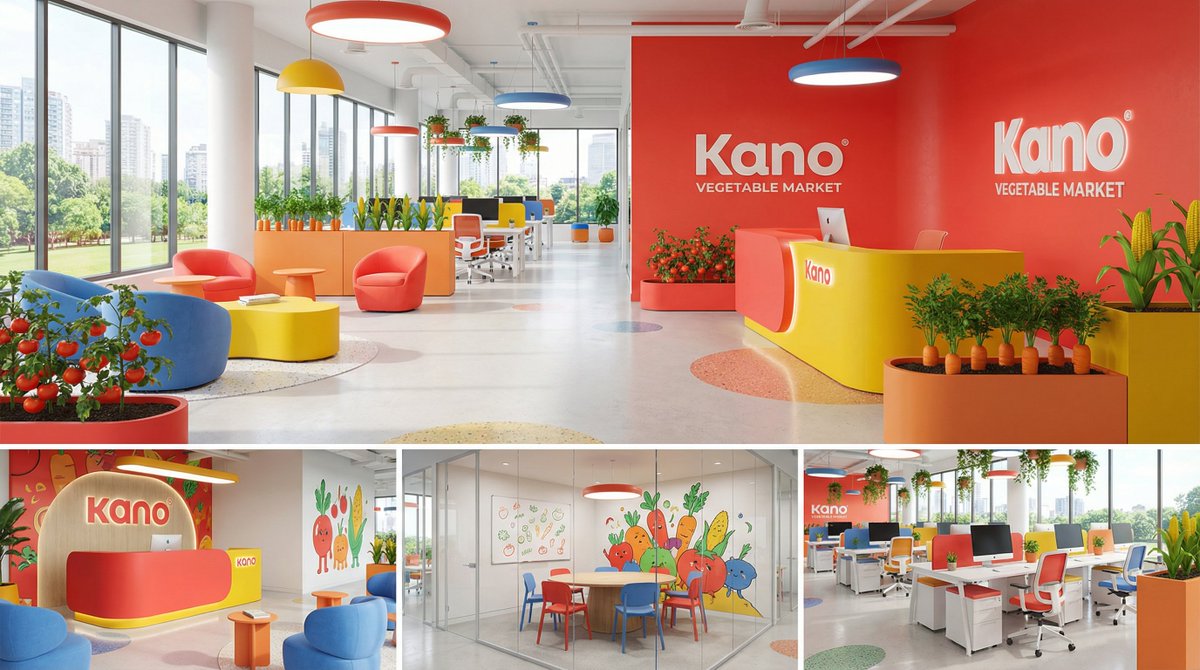Playing with Nano Banana Pro in Gemini and AI Studio One has a limited number of uses, and the other requires binding a key; both require careful consideration of the cost of generating the service. Lovart offers 365 days of unlimited data, which can change your mindset from cautiously trying it out to fully committing to it. Sometimes, the tools are more crucial to the creative experience than the model itself. After using the Nano Banana Pro on Lowart for a few days, what became more apparent was the widening gap between the model and the tool. Every designer should have a Lovart account; it can now break down materials into truly editable parts. It can automatically split layers, change backgrounds, modify text, and even fill in the logical gaps after a couple of sketches. The friction of creation is directly erased.
Posters with a uniform style are the best example of how different tools can be used. I used the noodle poster as a master template and expanded it with one click into versions for mooncakes, beef balls, xiaolongbao (soup dumplings), and hot pot. The result was outrageous: a single image was transformed into an entire brand visual system. The process was almost flawless, requiring virtually no gacha pulls or prayers like those who directly manipulate models. Furthermore, Edit Elements allows you to split elements, adjust colors, and modify text, pulling up an entire version at once. A sense of series doesn't equal luck; Lovart really does seem to have a knack for it.
It can not only visualize content, but also take a bare house and bring it to the point where it can be put into production. This would revolutionize any industry. I tested a complete link: Using a single unfinished design, Nano Banana Pro can generate several different interior design styles in Lovart with a single click. After selecting a favorite piece, it can automatically list the furniture dimensions and generate a specification table. I can freely arrange, compare, delete, and modify within a single canvas without needing to jump around. After selecting a preferred design, it can automatically list the furniture dimensions and generate a standardized specification sheet; They can even draw disassembly diagrams for furniture. You send the blueprints to the factory, and they can start making it. Previously, this required a collaboration of half a month between a designer, a furniture factory, and a structural engineer; now, a designer can close the loop with just a few clicks in Lovart.
This ability is more fundamental: Lovart × Nano banana Pro can turn a single image into a brand. The biggest pain point in content creation in the past was that we had to start all over again whenever the scene changed, and we couldn't maintain the style at all, let alone the brand identity. But in Lovart, style truly holds. Different themes and compositions remain within the same stylistic coordinate system. The final immersive experience is very strong: it doesn't feel like something assembled by AI at all, but rather like a complete system created by a design team.
My biggest takeaway these past few days is that, in addition to the model, the key to AI creation is whether the tool can translate that ability into a finished work. The Nano banana Pro has a great foundation, but Lovart @lovart_ai has cleverly turned it into a usable device. This is the missing piece of the puzzle in the current AI ecosystem. From being able to generate, to being able to edit; from being able to output images, to being able to systematically produce works. You can try it for free before November 30th. You can click the link below to experience the stacking of the buff. https://t.co/5skfP57Jxa #Lovart #LovartAI #NanobananaProWithLovart #NanobananaPro
